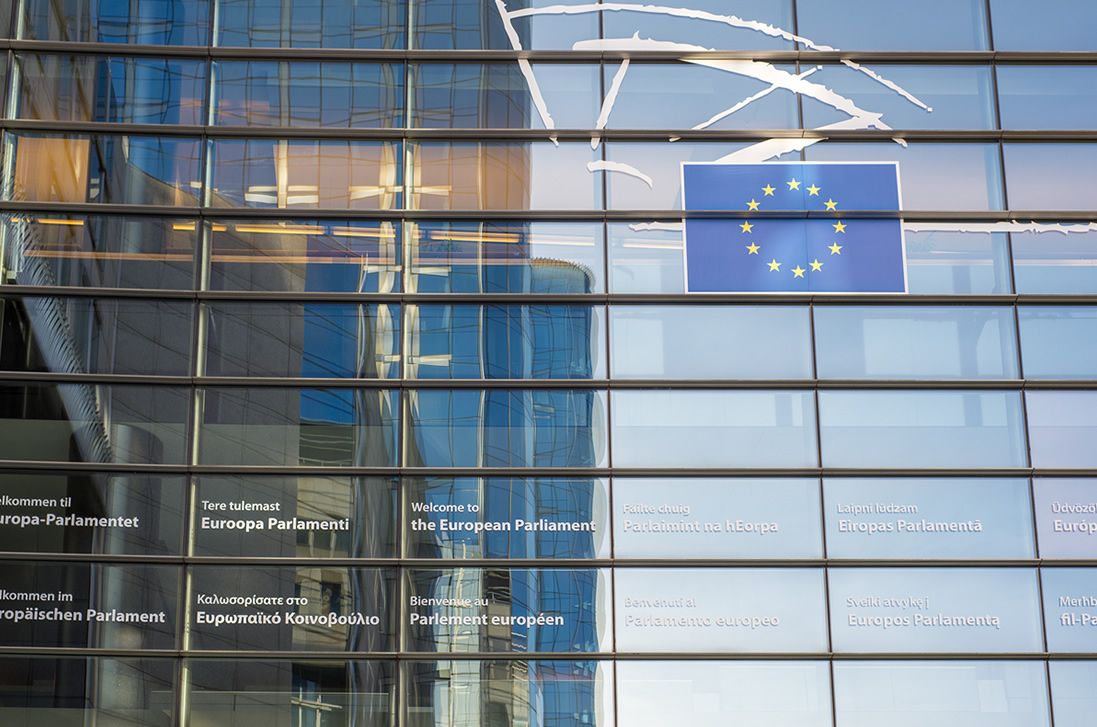Euro's Mood Sours as Eurozone Inflation Data Disappoints
- Written by: James Skinner

Eurozone inflation suggests the European Central Bank was right to adopt a cautious approach to interest rate rises at their October policy meeting.
Euro exchange rates were seen under pressure after official data showed a surprise fall in Eurozone inflation during October.
Headline consumer prices rose at an annualised pace of 1.4% during the month, according to Eurostat figures, down from 1.5% in the previous month and below economist forecasts for a steady reading of 1.5%.
Energy, food, alcohol and tobacco prices saw the largest gains during the month, with non-energy industrial goods and services prices rising at a still-healthy, but more modest, pace.
Meanwhile, after stripping out the more volatile energy and food items from the basket, core consumer prices fell further than the headline measure of inflation, dropping to 0.9%, down from 1.1% in September.
The Euro edged lower by around 10 points against the Pound, with the exchange rate showing a loss of 0.12% to 0.8809 for the session, leaving the GBP/EUR rate quoted higher at 1.1352.
The GBP/EUR rate has now gained 1.75% during the week to Tuesday 31 October.
The EUR/USD rate was marked 0.15% lower for the session, at 1.1632, taking its one-week loss to around -1.10%.
EUR/USD rate shown at hourly intervals.
Tuesday’s inflation data, and a relatively muted reaction from the market, follows closely on the heels of October’s European Central Bank monetary policy announcement and may vindicate the central bank for its cautious approach to winding down its quantitative easing (bond buying) program.
"The inflation numbers, provided more heartache for the Eurozone hawks. After last Thursday’s decidedly dovish press conference from Mario Draghi, news that the region’s core and non-core CPI readings slipped from 1.5% and 1.1% to 1.4% and 0.9% between September and October only put the Euro in a worse mood," says Connor Campbell at Spreadex.
Eurozone policymakers reduced the scale of the ECB’s €60 billion per month quantitative easing program last week, cutting it to €30 billion from January, but pledged to keep buying bonds at this rate until inflation showed signs of a sustainable return toward the 2% target.
“The FX market’s inclined to look further into the future and price in tapering and eventual normalisation well in advance but even so, higher Bund yields may be a necessary condition for the EUR/USD correction to come to an end,” says Kit Juckes, a strategist at Societe Generale.
Last Thursday’s announcement prompted a sharp drop in the value of the Euro, given an absence of a specific end date for the ECB bond buying program that has kept market interest rates at record lows since January 2015. EUR/USD has now fallen more than 200 points against the Dollar since the announcement.
“In the long run, it will be when (if) the ECB starts running down its balance sheet that will be the driver of the euro becoming over rather than under-valued. That date remains somewhere out there in the dim and very distant future,” says Juckes.
EUR/USD shown at monthly intervals since 2009.
“EUR/USD’s outlook is negative, the market last week closed below 1.1662 the 17th August low and in doing so completed a head and shoulders top pattern 1.2092-1.1662,” says Karen Jones, a technical analyst at Commerzbank. “This measures to 1.1232 and given the close proximity of the 200 day ma at 1.1253 we will make this our downside target.”
Good GDP Growth Data
Separately on Tuesday, the Eurozone economy was shown expanding by 0.6% during the third quarter, slightly beneath the pace seen in the previous three months but faster than that forecast by economists. Unemployment also posted a surprise fall from 9% down to 8.9%.
“We already knew that Spanish growth was steady at 0.8% and French growth slowed a touch, from 0.6% to 0.5%. Data for Germany and Italy will not be released until 14th November, but the euro-zone estimate (which contains preliminary confidential information on both) suggests that they also posted solid expansions,” says Jennifer Mckeown, chief European economist at Capital Economics.
The French economy was shown maintaining momentum during the third quarter, growing in line with forecasts at a rate of 0.5%, while the second quarter growth number was revised higher by 10 basis points to 0.6%.
“Looking ahead, there are good reasons to expect the euro-zone’s upturn to continue and perhaps accelerate. Business surveys including the Composite PMI and particularly the EC Survey paint a very positive picture. And other data this morning revealed that the labour market recovery gained pace in September,” McKeown says.
Get up to 5% more foreign exchange by using a specialist provider by getting closer to the real market rate and avoid the gaping spreads charged by your bank for international payments. Learn more here.




